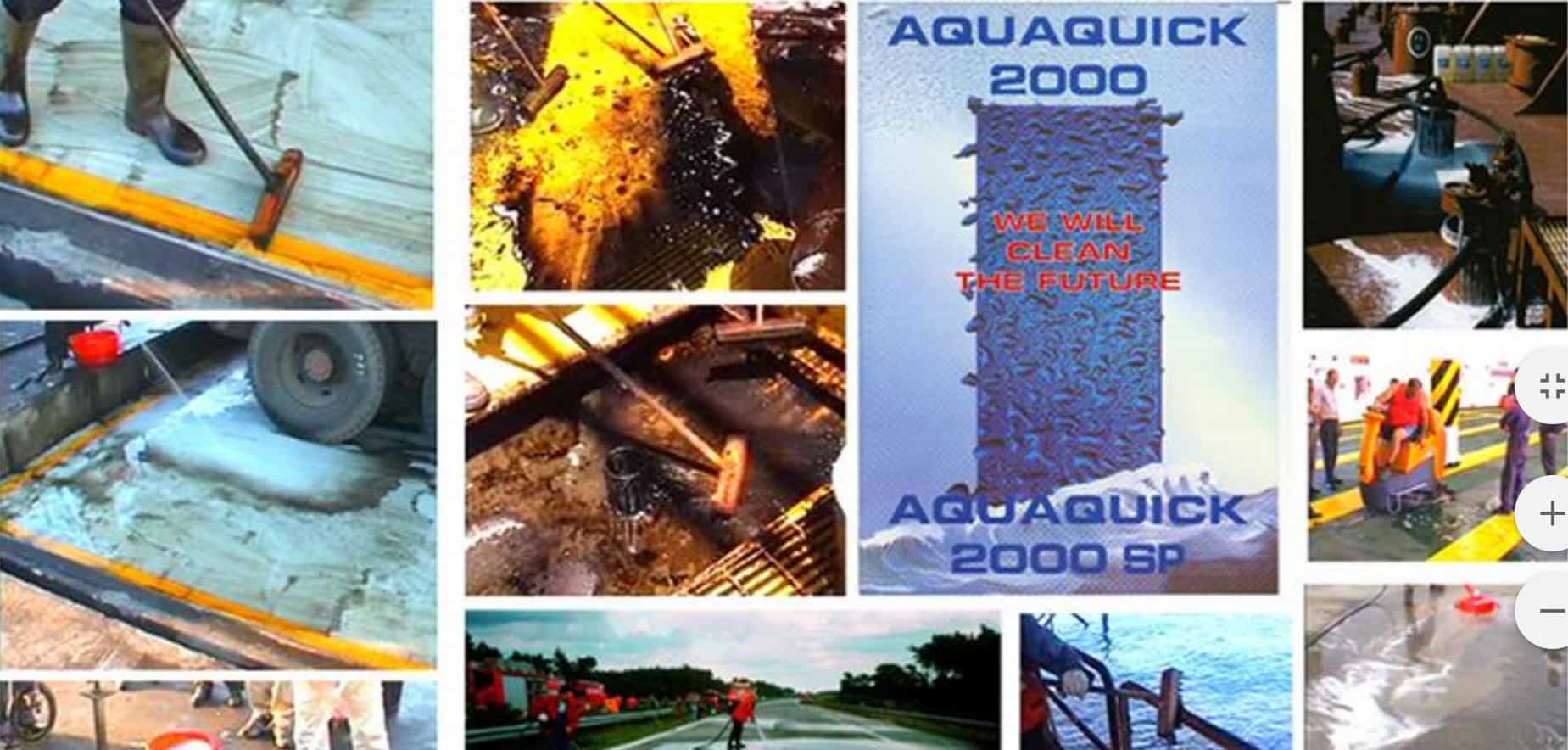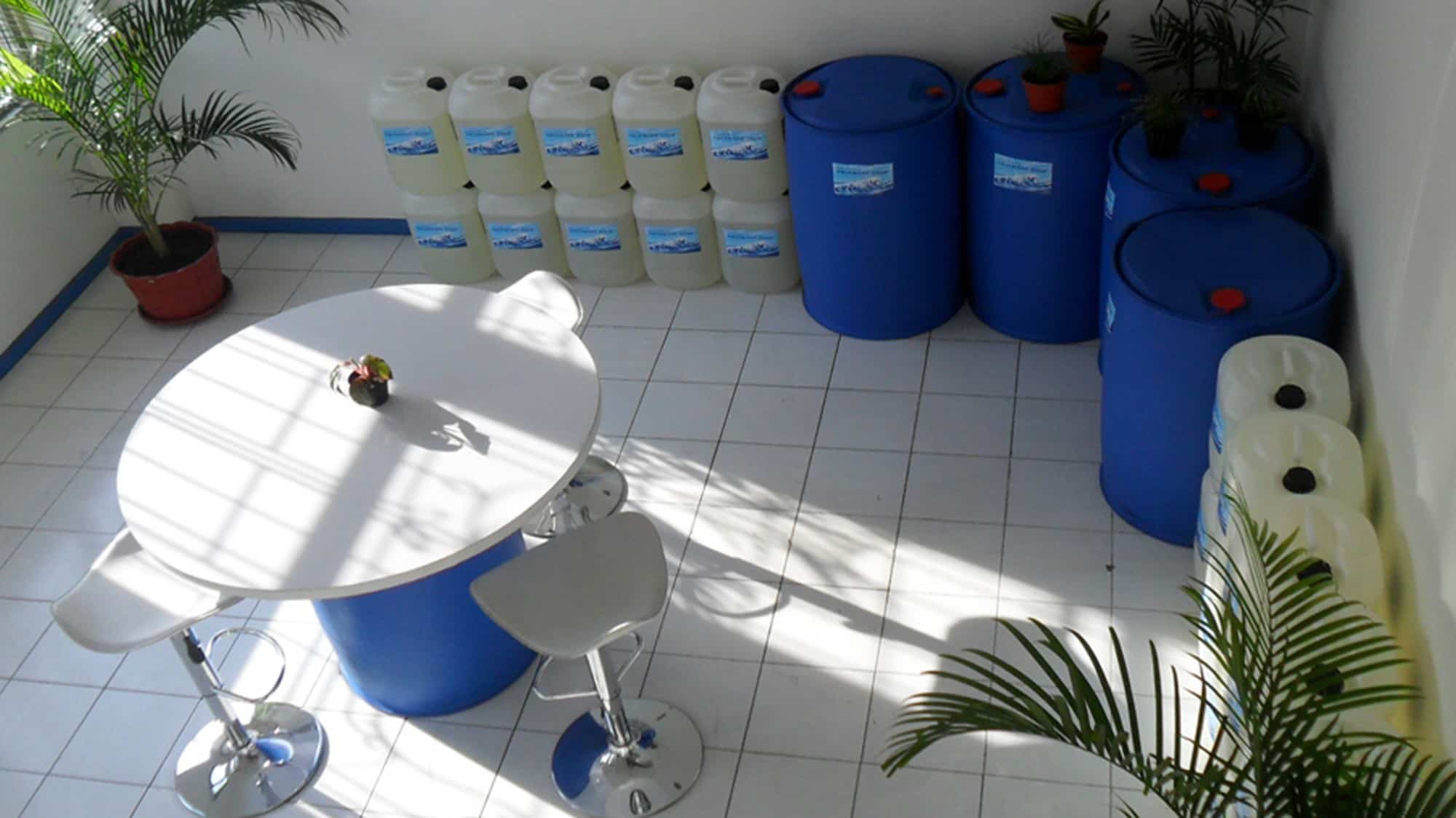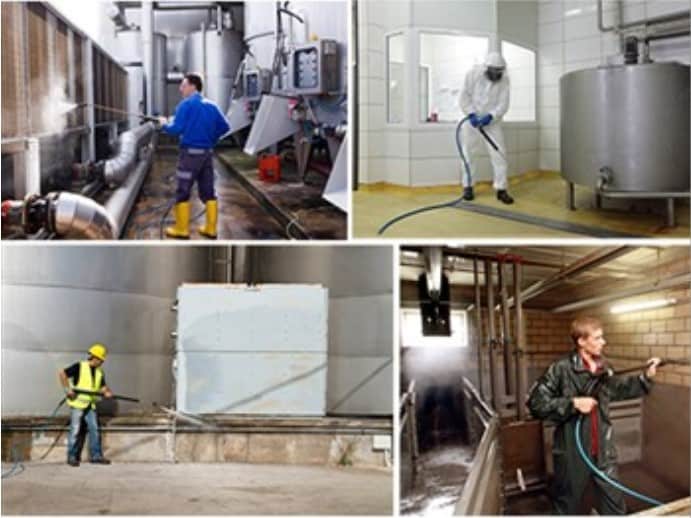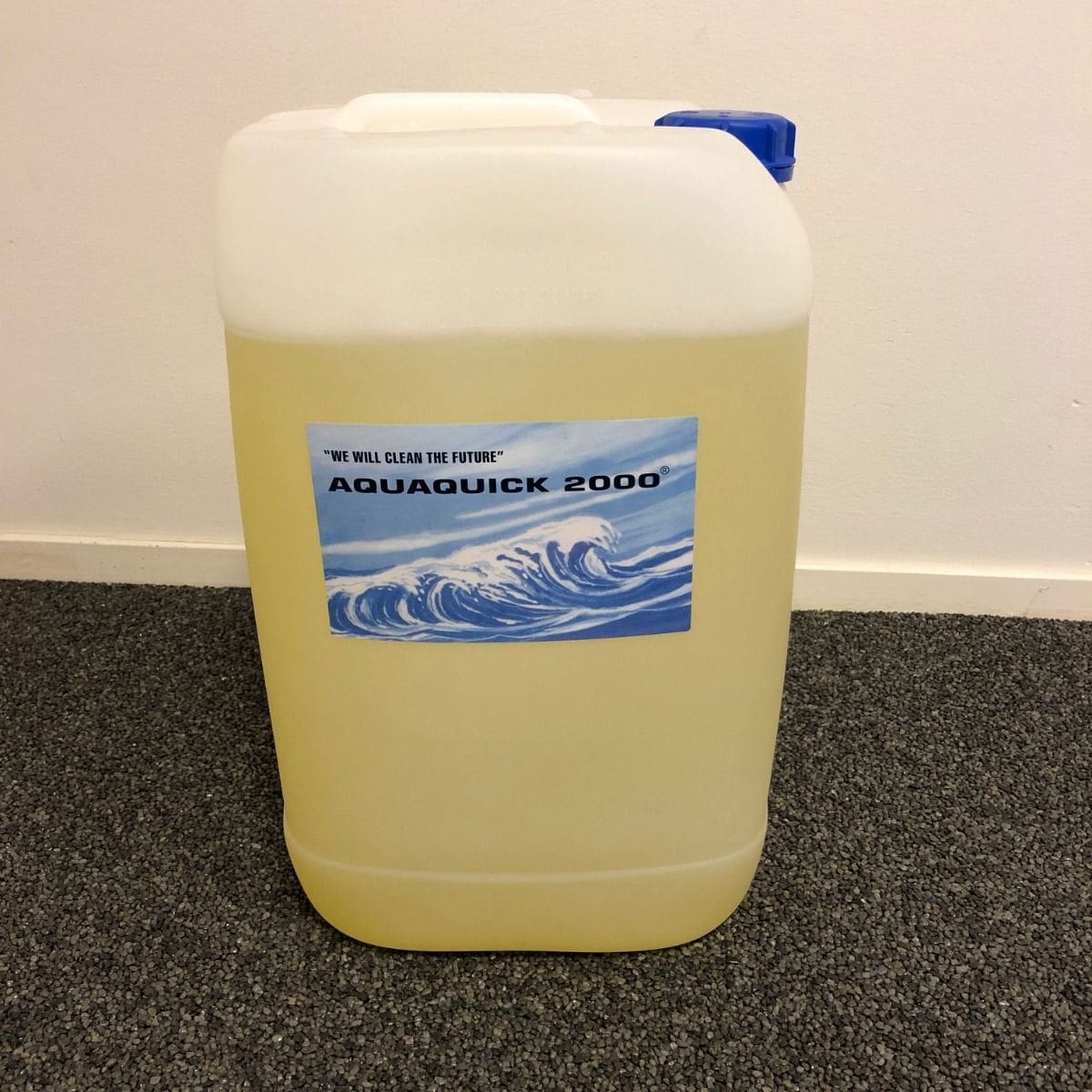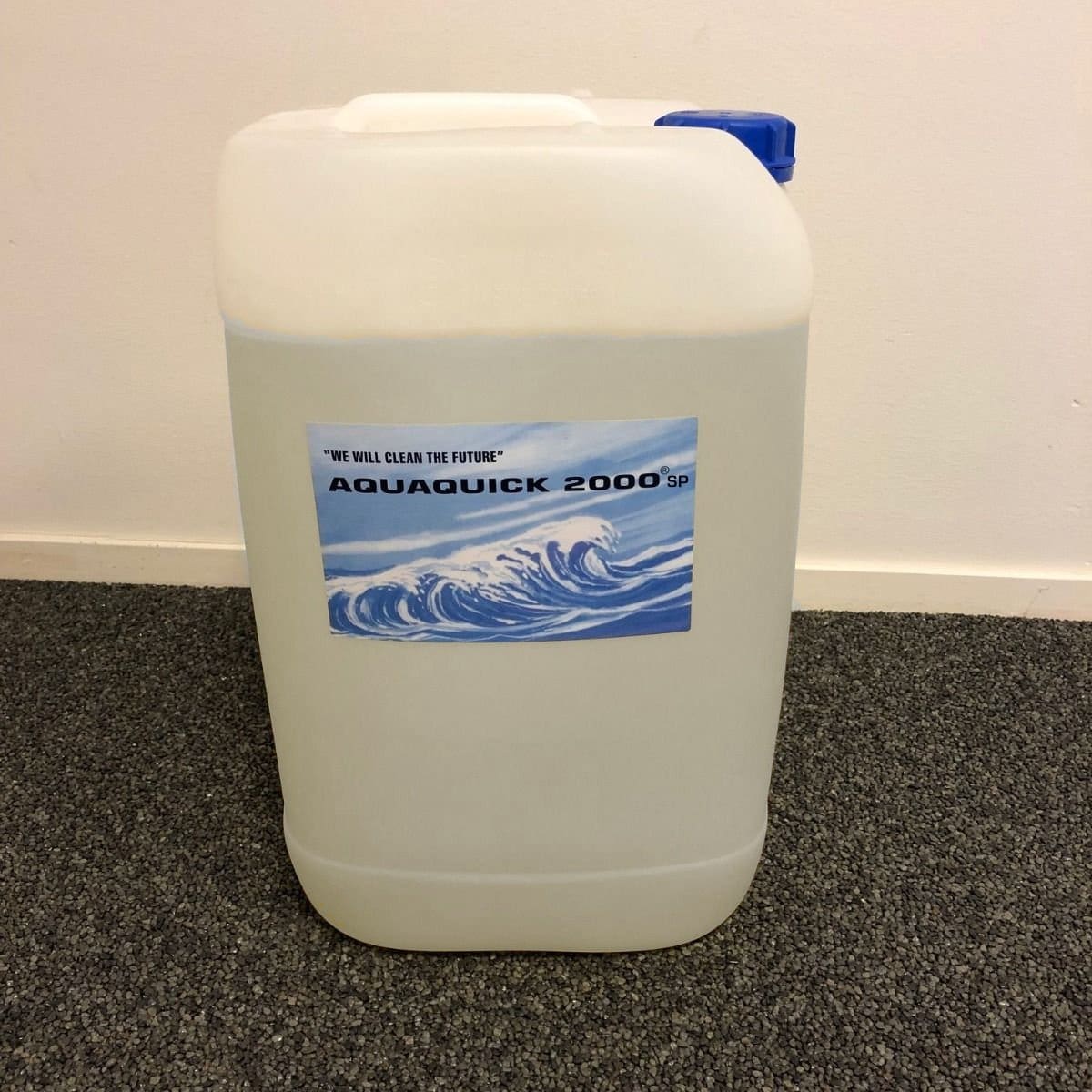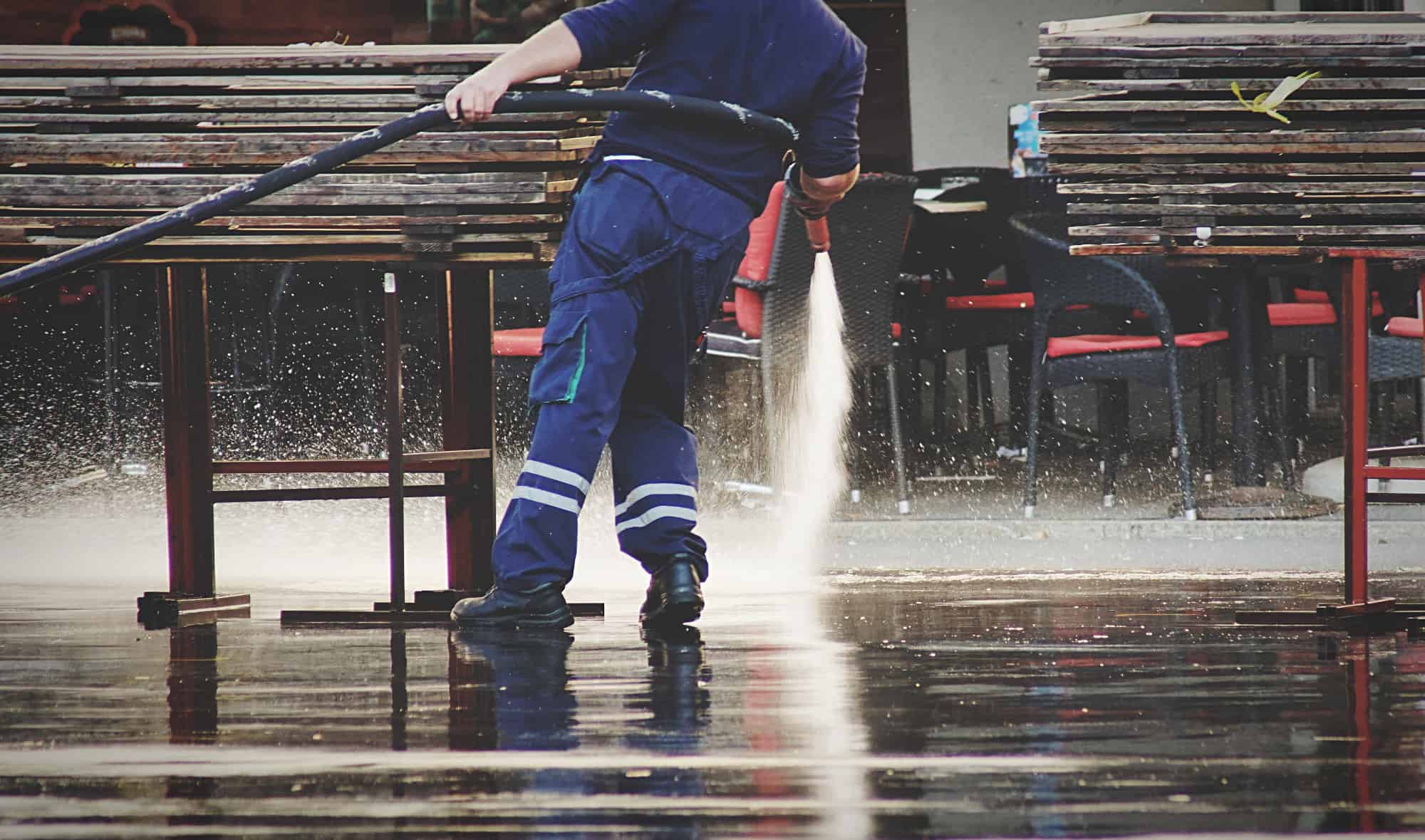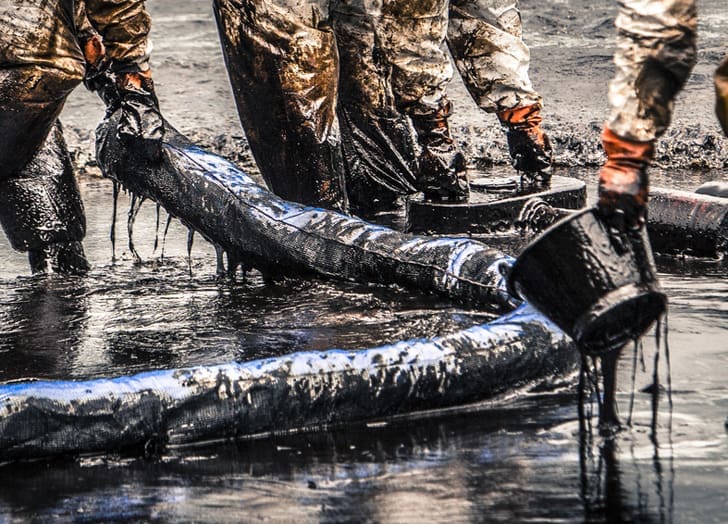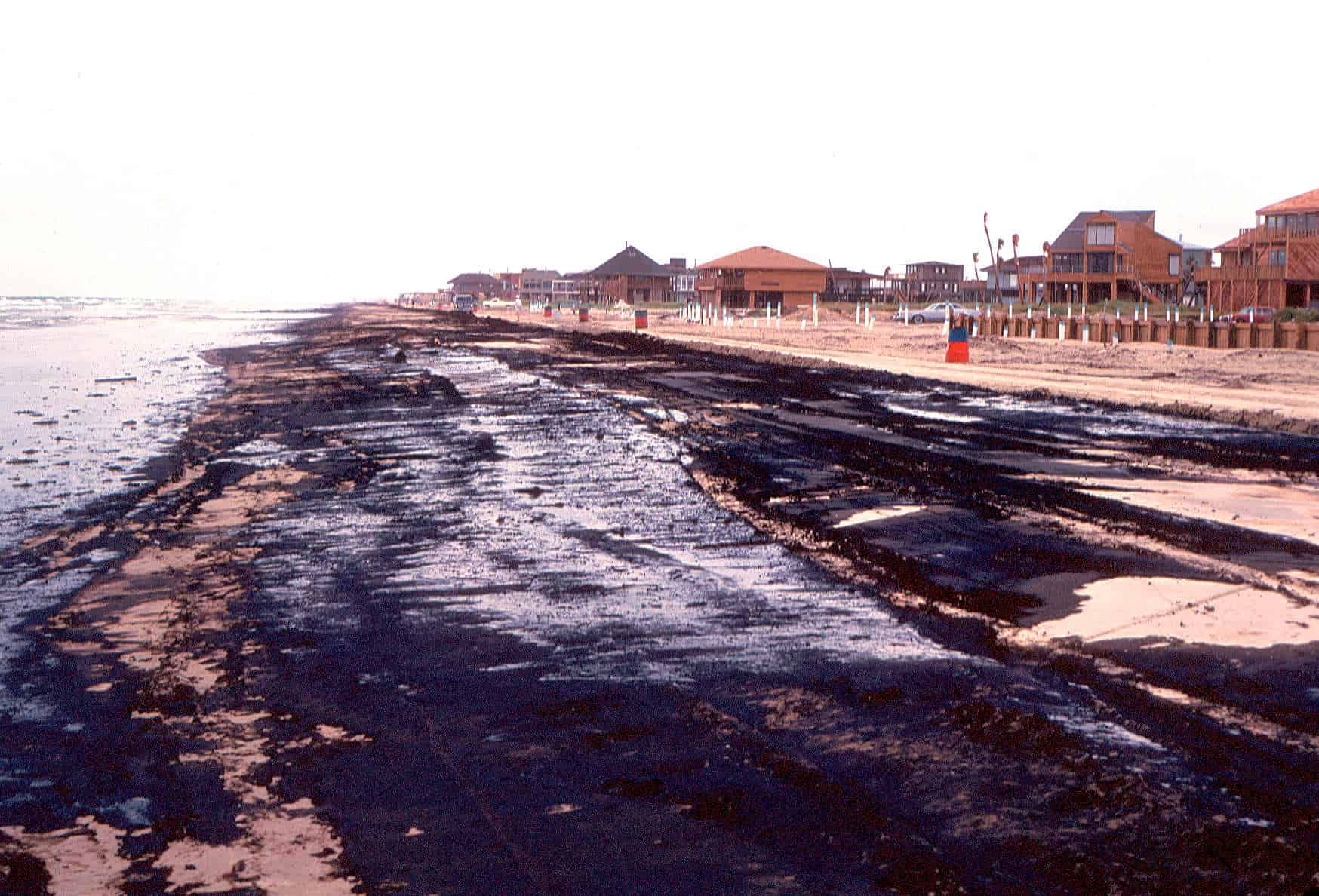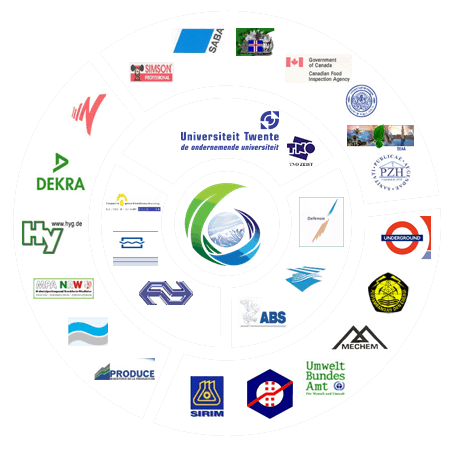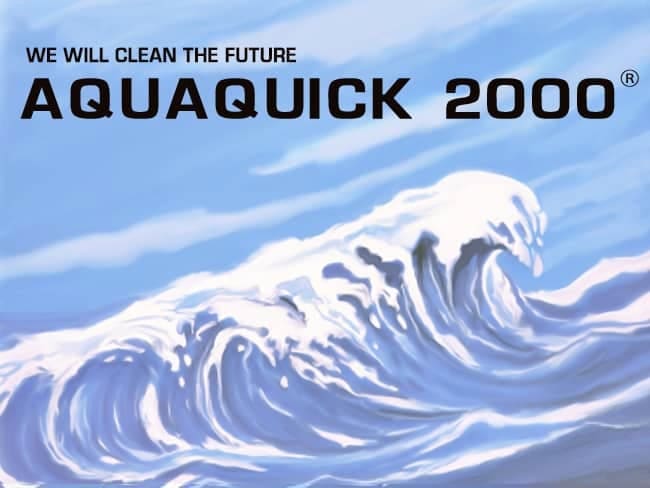Pipeline oil spills represent a significant environmental threat, necessitating prompt and effective oil spill cleaning efforts. As concerns for environmental preservation continue to escalate, mastering the techniques of oil spill cleaning becomes imperative. In this comprehensive guide, we delve into the intricacies of pipeline oil spill cleaning, addressing techniques, challenges, and innovative solutions to safeguard our ecosystems.
Understanding the Process of Oil Spill Cleaning
Oil spill cleaning involves a series of meticulous procedures aimed at minimizing environmental damage and restoring affected areas. From containment to recovery and remediation, each step plays a crucial role in mitigating the impact of such incidents.
1. Containment Strategies
Effective containment is the initial step in controlling the spread of spilled oil. Booms, barriers, and skimmers are commonly employed to corral the oil, preventing its further dispersion. Additionally, dispersants may be utilized to break down the oil into smaller droplets, aiding in its containment.
2. Recovery Techniques
Once contained, the next objective is the efficient recovery of spilled oil. Skimming vessels equipped with specialized equipment are deployed to collect the oil from the water’s surface. Moreover, sorbent materials such as pads and booms are utilized to absorb and remove oil from the affected areas.
3. Remediation Processes
Remediation focuses on restoring the affected environment to its pre-spill condition. Bioremediation, a natural process involving the use of microorganisms to degrade oil contaminants, has gained traction as an eco-friendly solution. Additionally, mechanical methods such as dredging and vacuum extraction are employed to remove oil from soil and sediment.
Challenges in Oil Spill Cleaning
Despite advances in technology, oil spill cleaning remains a daunting task fraught with challenges.
1. Environmental Impact
Oil spills pose severe threats to marine and terrestrial ecosystems, endangering aquatic life and disrupting delicate ecological balances. Cleaning efforts must prioritize minimizing further environmental degradation.
2. Technological Limitations
Current cleanup technologies often face limitations in efficiently tackling large-scale oil spills, especially in adverse weather conditions or remote locations. There is a pressing need for the development of more robust and versatile cleaning techniques.
3. Regulatory Compliance
Stringent regulations govern oil spill cleanup operations, necessitating adherence to prescribed protocols and standards. Non-compliance can result in legal repercussions and further environmental damage.
Innovative Solutions for Oil Spill Cleaning
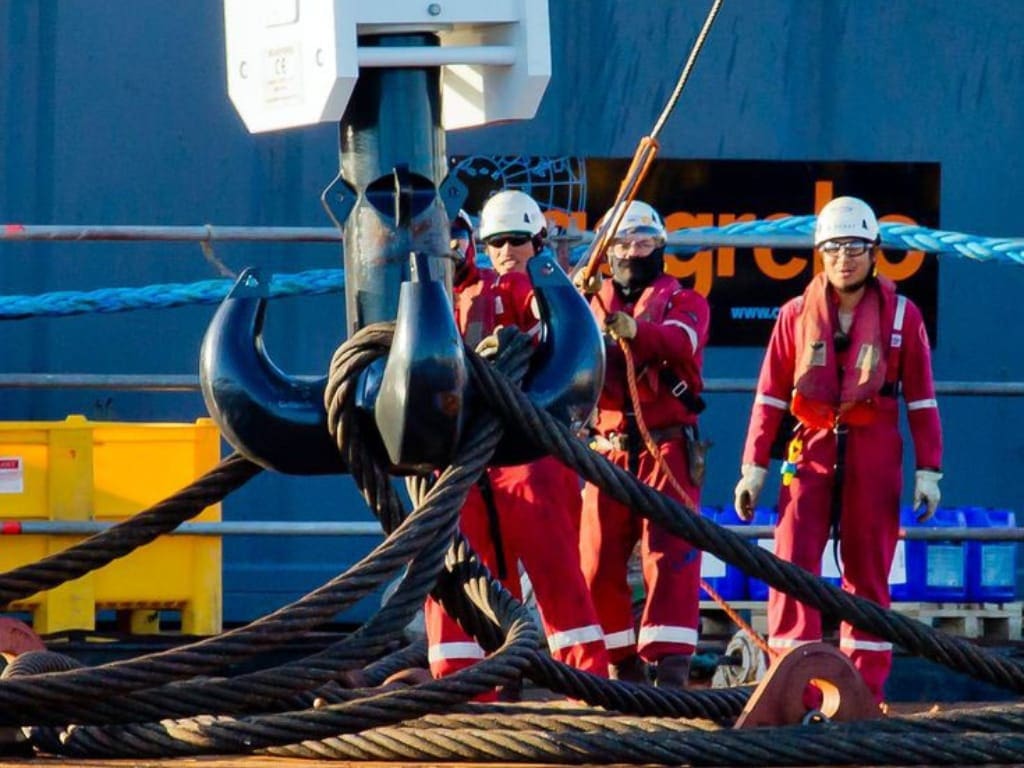
In the face of these challenges, researchers and engineers are continually exploring innovative approaches to enhance oil spill cleaning capabilities.
1. Nanotechnology Applications
Nanomaterials exhibit unique properties that make them promising candidates for oil spill remediation. Nano-sponges and membranes have demonstrated exceptional absorbent capabilities, effectively capturing oil contaminants from water surfaces.
2. Autonomous Technologies
Advancements in robotics and artificial intelligence have led to the development of autonomous systems for oil spill detection and cleanup. Unmanned aerial vehicles equipped with sensors can rapidly assess spill extent, guiding targeted cleanup efforts.
3. Bio-inspired Solutions
Drawing inspiration from nature, researchers are exploring bio-inspired materials and mechanisms for oil spill cleaning. Mimicking the self-cleaning properties of lotus leaves and the oil-absorbing capabilities of certain plant structures, bio-inspired solutions offer sustainable alternatives to conventional cleanup methods.
Pipeline oil spill cleaning is a multifaceted endeavor that demands a concerted effort to protect our environment and natural resources. By leveraging innovative technologies and adopting sustainable practices, we can mitigate the impact of oil spills and safeguard ecosystems for future generations. With a proactive approach and ongoing research, we can aspire to master the art of oil spill cleaning and preserve the delicate balance of our planet.
Mastering the art of pipeline oil spill cleaning requires a combination of innovative techniques, dedication, and a commitment to environmental stewardship. By staying proactive and continuously evolving our approach to cleanup efforts, we can minimize the impact of these incidents and protect our precious ecosystems for generations to come.
4. Public Health Concerns
Oil spills not only pose ecological risks but also endanger public health. Inhalation of oil vapors, contact with contaminated water, and consumption of contaminated seafood can lead to various health issues. Therefore, oil spill cleaning efforts must consider the health implications for nearby communities and implement measures to minimize exposure.
5. Economic Impact
The economic ramifications of oil spills are substantial, affecting industries such as tourism, fishing, and maritime trade. Cleanup costs, loss of revenue, and damage to infrastructure can result in long-term economic downturns for affected regions. Implementing effective cleanup strategies is crucial to mitigate these economic losses and facilitate timely recovery.
6. Community Engagement
Engaging local communities in oil spill cleanup efforts is vital for successful outcomes. Community members can provide valuable insights into the environmental and socioeconomic impacts of the spill, as well as contribute to cleanup efforts through volunteer work and local knowledge sharing. Building strong partnerships with affected communities fosters trust, enhances communication, and facilitates smoother cleanup operations.
7. International Collaboration
Oil spills often transcend national boundaries, necessitating international collaboration and cooperation. Shared resources, expertise, and technologies can significantly bolster cleanup efforts, particularly in cases of large-scale spills that require coordinated responses across multiple countries. Establishing international frameworks and agreements for joint response mechanisms enhances preparedness and effectiveness in addressing cross-border spill incidents.
8. Continuous Monitoring and Research
The aftermath of an oil spill extends beyond the immediate cleanup phase, requiring ongoing monitoring and research to assess long-term environmental impacts and evaluate the effectiveness of remediation efforts. Longitudinal studies tracking ecosystem recovery, biodiversity trends, and contamination levels provide valuable insights for refining cleanup strategies and informing future response protocols.
9. Public Awareness and Education
Raising public awareness about the causes, consequences, and prevention of oil spills is essential for fostering environmental stewardship and preventing future incidents. Educational campaigns, outreach programs, and environmental literacy initiatives empower individuals to take proactive measures to protect their communities and natural habitats. By instilling a sense of responsibility and accountability, we can collectively work towards minimizing the occurrence and severity of oil spills.
10. Policy and Regulatory Frameworks
Robust policy frameworks and regulatory mechanisms play a crucial role in preventing oil spills and ensuring effective response and cleanup efforts when incidents occur. Governments and regulatory bodies must enact and enforce stringent regulations governing pipeline construction, maintenance, and operation to minimize the risk of spills. Additionally, comprehensive contingency plans and response protocols should be developed and regularly updated to facilitate swift and coordinated action in the event of a spill. By holding industry stakeholders accountable and implementing proactive measures, policymakers can mitigate the likelihood and severity of oil spill incidents.
11. Risk Assessment and Prevention Strategies
Conducting thorough risk assessments is essential for identifying potential vulnerabilities in pipeline infrastructure and implementing proactive prevention strategies. Utilizing advanced technologies such as remote sensing, satellite monitoring, and predictive modeling can help identify areas of heightened risk and prioritize maintenance and inspection efforts accordingly. Implementing preventive measures such as enhanced leak detection systems, corrosion monitoring, and regular integrity assessments can reduce the likelihood of pipeline failures and minimize the risk of oil spills. By adopting a proactive approach to risk management, operators can safeguard both the environment and their assets from the devastating consequences of spills.
12. Environmental Remediation and Restoration
While cleanup efforts focus primarily on removing spilled oil from the environment, environmental remediation and restoration are equally important aspects of the recovery process. Restoring affected ecosystems to their pre-spill condition requires careful planning, monitoring, and implementation of remediation measures. Strategies such as habitat rehabilitation, shoreline stabilization, and replanting of vegetation can help accelerate the natural recovery process and promote ecosystem resilience. Additionally, monitoring the long-term impacts of the spill on soil, water quality, and biodiversity is essential for assessing the effectiveness of remediation efforts and informing adaptive management strategies. By prioritizing environmental restoration, stakeholders can minimize the ecological footprint of oil spill incidents and support the recovery of impacted ecosystems.
13. Training and Capacity Building
Effective oil spill response and cleanup require a skilled workforce equipped with the necessary knowledge, expertise, and resources to address complex challenges in a timely and efficient manner. Investing in training programs, exercises, and capacity-building initiatives is essential for preparing response personnel and stakeholders to effectively respond to spill incidents. Providing hands-on training in spill response techniques, equipment operation, and safety protocols empowers responders to confidently navigate challenging scenarios and minimize environmental damage. Moreover, fostering collaboration and knowledge-sharing among response agencies, industry partners, and academia strengthens collective preparedness and enhances the overall effectiveness of spill response efforts. By prioritizing training and capacity building, stakeholders can enhance their readiness to mitigate the impacts of oil spills and protect vulnerable ecosystems.
Why AQUAQUICK 2000 Is the Best Solution for Pipeline Oil Spill Cleaning?
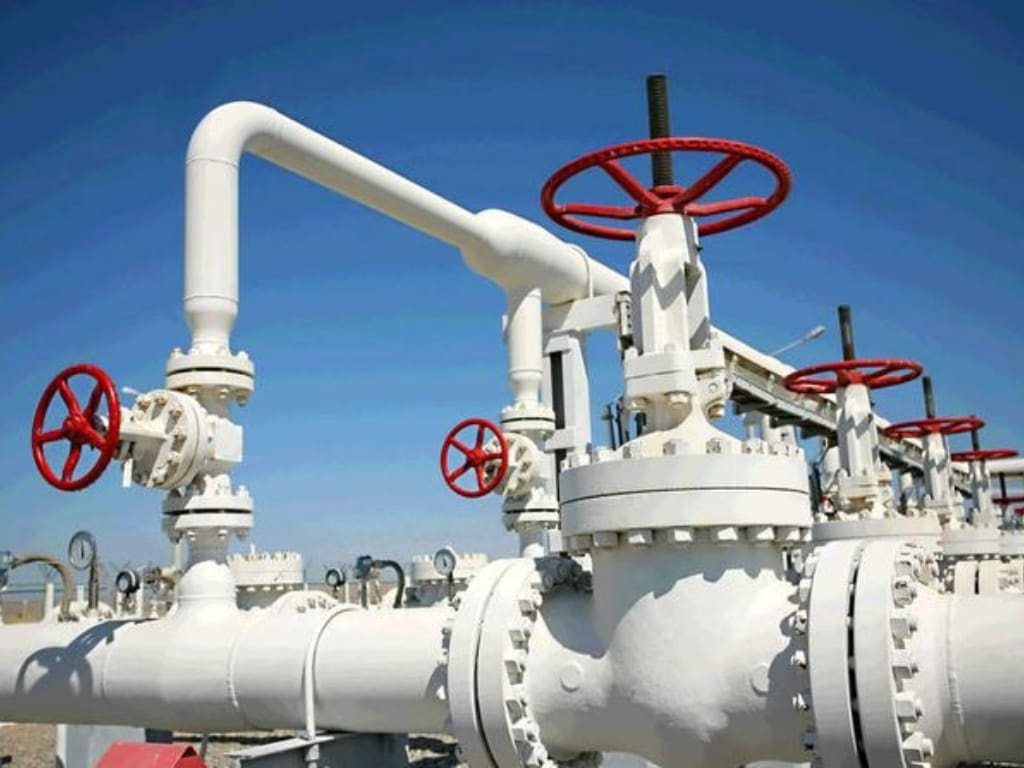
In the realm of pipeline oil spill cleaning, finding the most effective and efficient solution is paramount to minimizing environmental damage and restoring affected areas. Among the myriad of products and technologies available, AQUAQUICK 2000 stands out as a superior choice for several compelling reasons.
1. Exceptional Cleaning Power
AQUAQUICK 2000 is renowned for its unparalleled cleaning power, capable of swiftly and effectively removing oil contaminants from various surfaces, including water, soil, and equipment. Its advanced formula penetrates deep into oil deposits, breaking them down at the molecular level and facilitating their rapid removal. Whether dealing with light sheens or heavy crude oil spills, AQUAQUICK 2000 delivers consistent and reliable results, ensuring thorough cleanup with minimal effort.
2. Versatility
One of the key advantages of AQUAQUICK 2000 is its versatility across diverse environments and applications. Whether deployed in marine settings, industrial facilities, or terrestrial ecosystems, AQUAQUICK 2000 adapts seamlessly to different conditions and substrates, making it an ideal choice for pipeline oil spill cleaning. Its non-toxic and biodegradable nature further enhances its suitability for use in sensitive ecological habitats, ensuring minimal impact on surrounding flora and fauna.
3. Rapid Action
Time is of the essence in oil spill cleaning operations, and AQUAQUICK 2000 excels in delivering swift and efficient results. Upon application, it immediately begins to emulsify and encapsulate oil contaminants, allowing for rapid dispersion and removal. This rapid action minimizes the spread of oil, mitigates environmental damage, and accelerates the overall cleanup process, thereby reducing associated costs and logistical challenges.
4. Environmental Friendliness
In an era of heightened environmental consciousness, the importance of using eco-friendly products cannot be overstated. AQUAQUICK 2000 sets the standard for environmental responsibility, boasting a non-toxic and biodegradable formulation that poses minimal risk to ecosystems and wildlife. Unlike traditional chemical dispersants and solvents, which may leave behind harmful residues and secondary pollutants, AQUAQUICK 2000 offers a sustainable and environmentally sound solution for oil spill cleanup.
5. Cost-Effectiveness
Beyond its performance and environmental benefits, AQUAQUICK 2000 offers significant cost advantages over alternative oil spill cleaning methods. Its high efficiency and rapid action translate into reduced labor hours, equipment usage, and disposal expenses, resulting in overall cost savings for cleanup operations. Moreover, its long shelf life and low application rates further enhance its cost-effectiveness, making it a financially prudent choice for pipeline operators and environmental agencies alike.
6. Proven Track Record
AQUAQUICK 2000 has earned a stellar reputation in the field of oil spill cleanup, backed by a track record of successful deployments in diverse settings worldwide. From minor spills to large-scale environmental disasters, AQUAQUICK 2000 has consistently demonstrated its effectiveness in mitigating the impacts of oil contamination and restoring affected ecosystems. Its proven performance and reliability make it the preferred choice for industry professionals and environmental authorities tasked with managing oil spill incidents.
AQUAQUICK 2000 stands out as the premier solution for pipeline oil spill cleaning, offering unmatched cleaning power, versatility, rapid action, environmental friendliness, cost-effectiveness, and a proven track record of success. With its advanced formulation and exceptional performance, AQUAQUICK 2000 sets the standard for excellence in oil spill cleanup, ensuring prompt and effective response to environmental emergencies and safeguarding our planet for future generations.
Conclusion
In conclusion, mastering the art of pipeline oil spill cleaning requires a multifaceted approach that encompasses technical innovation, regulatory oversight, community engagement, and environmental stewardship. By leveraging advanced technologies, strengthening regulatory frameworks, fostering collaboration, and prioritizing prevention and preparedness, stakeholders can enhance their capacity to prevent, respond to, and recover from oil spill incidents. With a proactive and holistic approach to oil spill management, we can minimize the environmental, social, and economic impacts of spills and safeguard our planet for future generations. By embracing innovation, collaboration, and a commitment to sustainability, we can strive towards a future where oil spills are rare occurrences, and ecosystems thrive in harmony with human activities.
Pipeline oil spill cleaning requires a comprehensive approach that addresses not only the technical aspects of cleanup but also the broader environmental, social, and economic considerations. By integrating innovative technologies, fostering collaboration, engaging communities, and prioritizing environmental protection, we can enhance our capacity to respond effectively to oil spill incidents and mitigate their adverse impacts. With concerted efforts and sustained commitment to environmental stewardship, we can strive towards a future where the risk of oil spills is minimized, and our ecosystems thrive in harmony with human activities.

